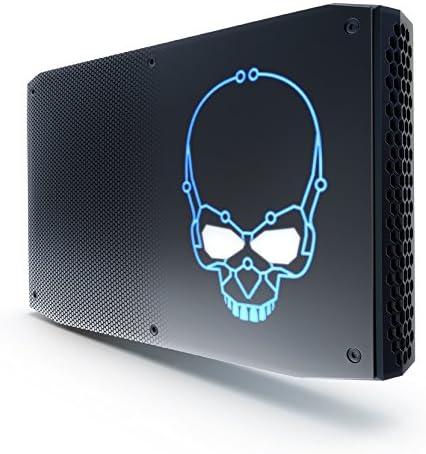AMD's APUs have been dominating Intel's onboard graphics-- both in desktops and laptops-- since 2011: well before the arrival of Vega. The most significant advancement with Vega is that the most powerful of these APUs are now actually legitimate AIO gaming processors. They're no longer glorified retro gaming machines.
It doesn't matter, and it still hasn't mattered for the key reason they cost too much. I don't know why AMD hasn't figured out a niche for them, when there are obvious niches they could fill, but a niche doesn't exist unless you can fill it at the appropriate cost. It has made no damn sense to buy a laptop with (for example) an R7-3700U, R5-3550H, or R5-3500U when those laptops have typically started around $800. Sure, they beat the crap out of $400-$600 i5 laptops with no discrete graphics. The problem is they get shit on by gaming laptops with an i5 (or i7) and a GTX 1050, 1050 Ti, 1650, 1650 Ti, 1660, or 1660 Ti that have run between $650-$1100.
The most relevant their APUs have ever been, ironically, has been recently in the desktop market as raw CPUs. The 2200G, 2400G, & 3200G have at various times over the past year been the best overall CPU in the sub-$100 space; better than both Intels and pure AMD CPUs at the same price points.
I don't understand why their laptops APUs apparently cost so much to manufacture, but obviously a CPU + GPU combo is still just an outright superior strategy considering cost.
On the other hand, I never understood why they didn't position their desktop APUs to devour the barebones "NUC" kits and SFF prebuilt niche that Intel monopolizes. They could sell something like the below famous product, if they could figure out a sleek enough cooling solution, and it would be a legit gaming machine. There has to be a market for something like that, right?:




